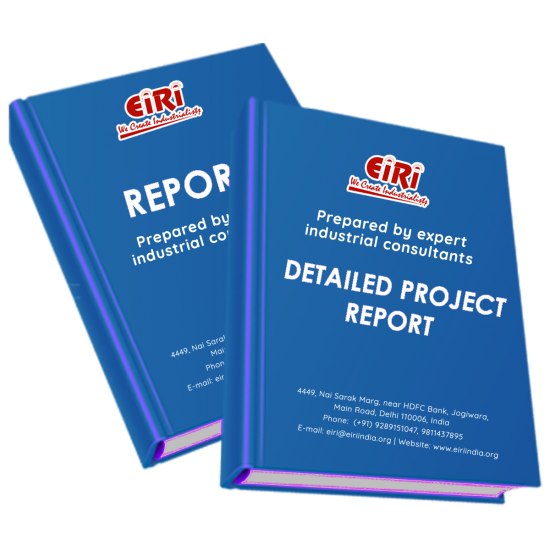The project report includes Present Market Position and Expected Future Demand, Market Size, Statistics, Trends, SWOT Analysis and Forecasts. Report provides a comprehensive analysis from industry covering detailed reporting and evaluates the position of the industry by providing insights to the SWOT analysis of the industry.
Paper form a commodity of prime importance to day from the parts of view of mass communication, education, and industrial and economic growth. Agricultural residues, such as bagasse, rice husk, wheat husk jute sticks, grasses, etc are fast becoming popular materials for paper making considerable attention is being given to the utilization of various agricultural by products for preparing pulp for paper manufacturing efforts are being made in this direction.
Bagasse is used for each of the four main paper categories, namely packaging and boxes, printing, writing and photocopier paper, tissues, and newsprint. Both chemical and mechanical pulping processes are used, and these processes are described. This chapter focuses on the considerations for bagasse-based pulp and paper manufacture with only a broad overview of the general wood-based process. Depithing is used to improve pulp drainage in the pulp washers and at the paper machine, reduce cooking chemical usage, reduce foaming, reduce costs for handling and storage, reduce dirt count in the paper, improve tensile properties and improve black liquor quality.
Wheat straw pulp plays an indispensable role in the paper and pulp industry. There are some restrictive factors that limit the development of wheat straw pulp. Firstly, the collection and transportation of raw materials; secondly, the straw pulp mill usually has a small scale, poor technology, and paper pulper machines, which result in low-quality pulp and market competition. Last but not least, serious environmental pollution caused by wheat straw pulp production. With the development of straw pulping technology, the straw pulp will have a bright future in the industry.
Paper production requires a disintegration of the bulky fibrous material to individual or small agglomerate fibres. This is called pulping. The ideal fibre for high grade paper should be long, high in cellulose content.
The evolution of the packaging industry across the globe acts as one of the major factors driving the growth of kraft paper market. The increase in demand for sustainable and recyclable material from packaging and various other end-use industries, and advancements in packaging and wrapping applications accelerate the market growth. The rise in demand for more environment friendly and effective packaging materials and solutions from end-use industries such as foods & beverage, building and construction, automotive, pharmaceuticals, cosmetics & personal care, aerospace, and electronics, and rise in consciousness regarding environment among population further influence the market. Additionally, change in consumer preference, increase in incidences of pollution, rapid urbanization, growth in awareness, breakthrough in new technologies and high disposable income positively affect the kraft paper market. Furthermore, rise in e-commerce and retail sectors, and product premiumization extend profitable opportunities t
o the market players in the forecast period of 2021 to 2028.
The kraft paper market is expected to witness market growth at a rate of approximately 3.25% in the forecast period of 2021 to 2028.
It is intended to prepare a Feasibility Report to install an Packaging Paper (Kraft Paper) production facility with a capacity of 12000 Tons/ Year. The proposed project is to make packaging paper by using Bagasse and Wheat Husk and further convert the kraft paper into paper bags bread bags..



